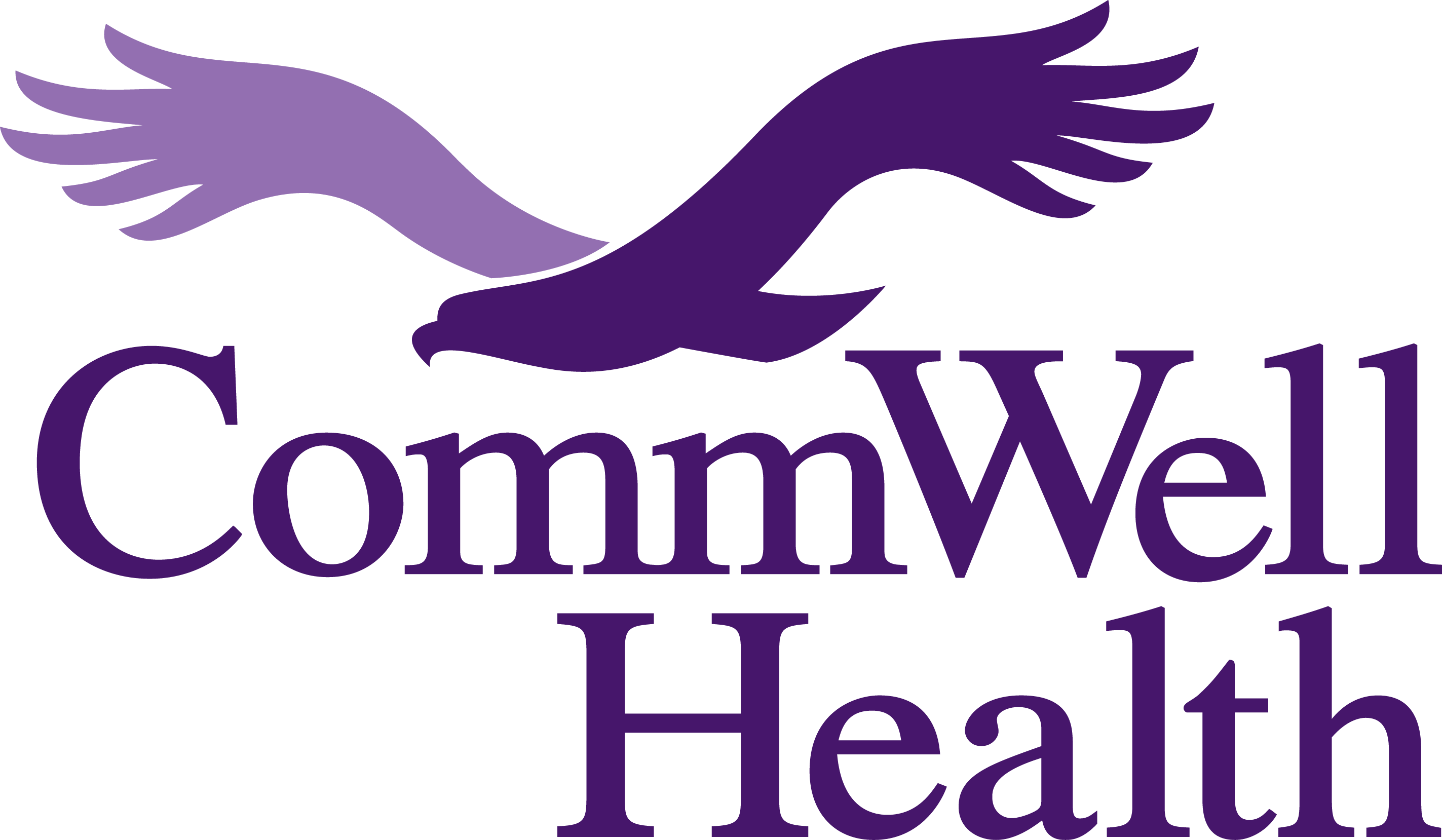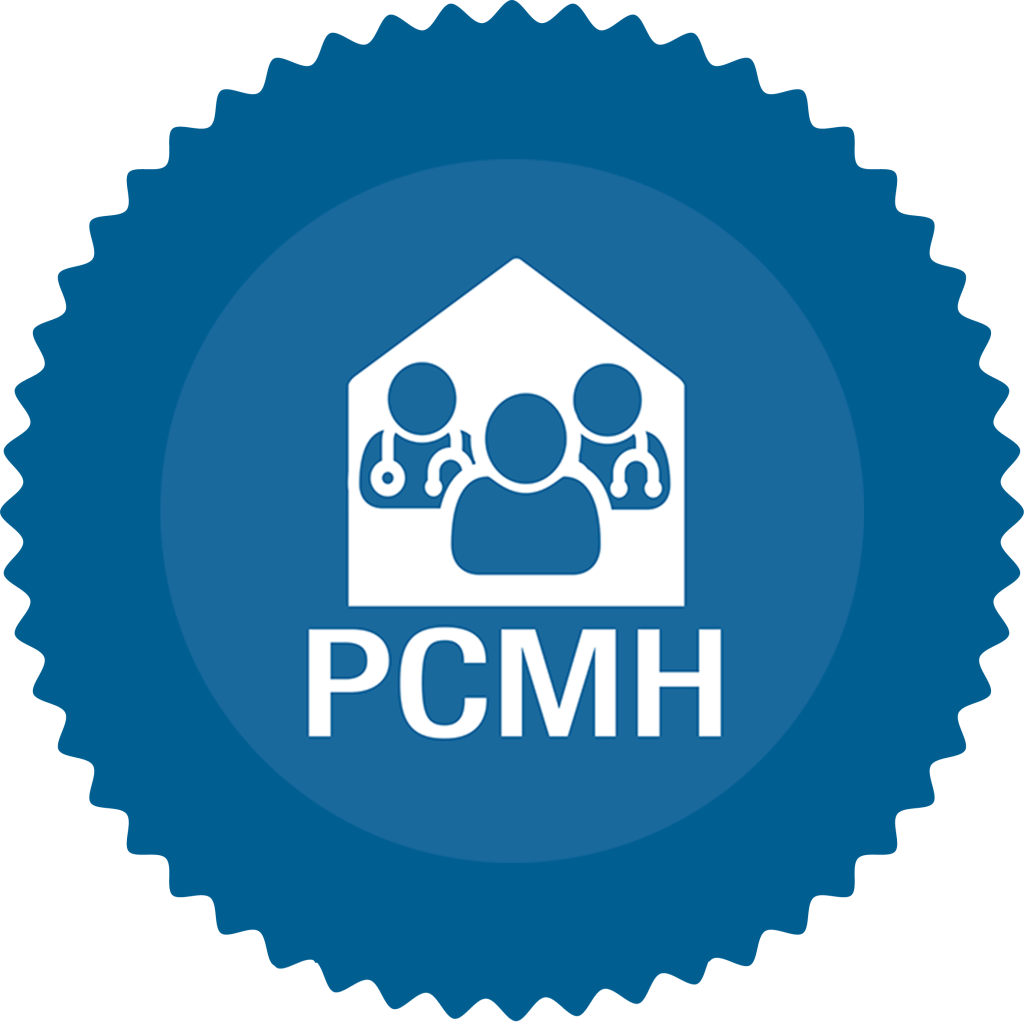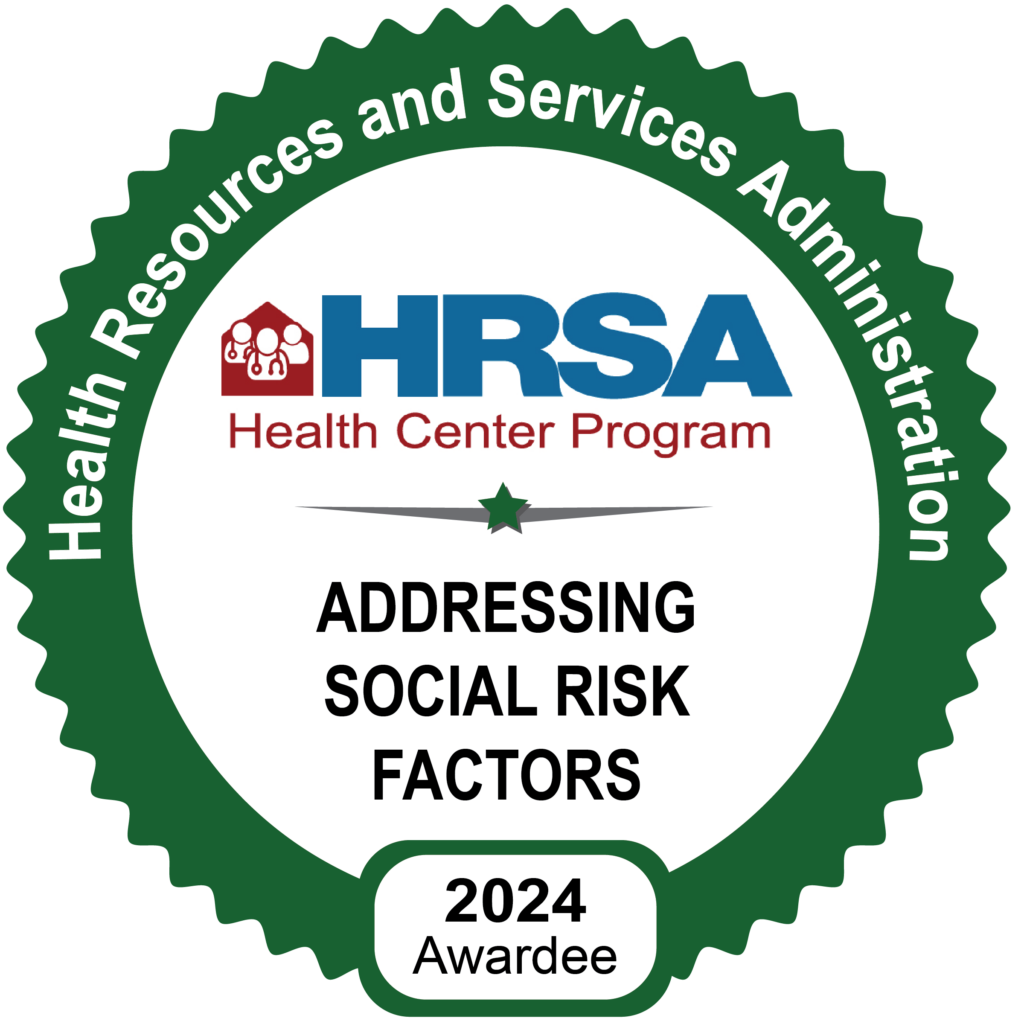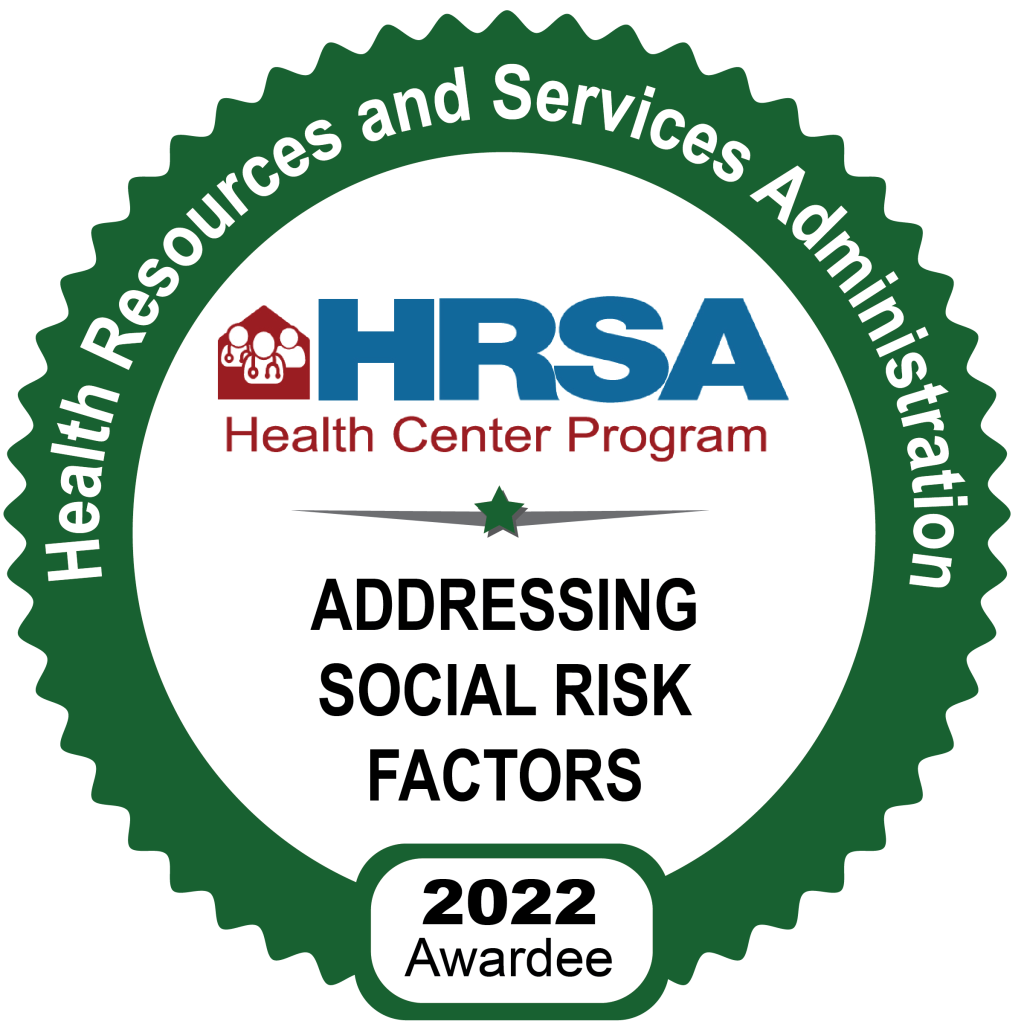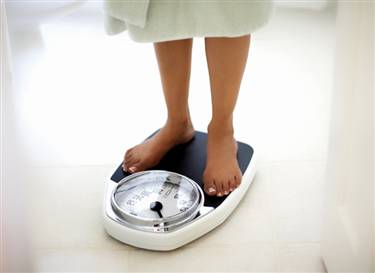
Maintaining a trim midsection does more than make you look great—it can help you live longer.
Larger waistlines are linked to a higher risk of heart disease, diabetes and even cancer. Losing weight, especially belly fat, also improves blood vessel functioning and also improves sleep quality.
Here’s how to whittle down where it matters most.
- Try curbing carbs instead of fats. When Johns Hopkins researchers compared the effects on the heart of losing weight through a low-carbohydrate diet versus a low-fat diet for six months—each containing the same amount of calories—those on a low-carb diet lost an average of 10 pounds more than those on a low-fat diet—28.9 pounds versus 18.7 pounds. An extra benefit of the low-carb diet is that it produced a higher quality of weight loss, Stewart says. With weight loss, fat is reduced, but there is also often a loss of lean tissue (muscle), which is not desirable. On both diets, there was a loss of about 2 to 3 pounds of good lean tissue along with the fat, which means that the fat loss percentage was much higher on the low-carb diet.
- Think eating plan, not diet. Ultimately, you need to pick a healthy eating plan you can stick to, Stewart says. The benefit of a low-carb approach is that it simply involves learning better food choices—no calorie-counting is necessary. In general, a low-carb way of eating shifts your intake away from problem foods—those high in carbs and sugar and without much fiber, like bread, bagels and sodas—and toward high-fiber or high-protein choices, like vegetables, beans and healthy meats.
- Keep moving. Physical activity helps burn abdominal fat. “One of the biggest benefits of exercise is that you get a lot of bang for your buck on body composition,” Stewart says. Exercise seems to work off belly fat in particular because it reduces circulating levels of insulin —which would otherwise signal the body to hang on to fat—and causes the liver to use up fatty acids, especially those nearby visceral fat deposits, he says. The amount of exercise you need for weight loss depends on your goals. For most people, this can mean 30 to 60 minutes of moderate to vigorous exercise nearly every day.
- Lift weights. Adding even moderate strength training to aerobic exercise helps build lean muscle mass, which causes you to burn more calories throughout the entire day, both at rest and during exercise.
- Become a label reader. Compare and contrast brands. Some yogurts, for example, boast that they’re low in fat, but they’re higher in carbs and added sugars than others, Stewart says. Foods like gravy, mayonnaise, sauces and salad dressings often contain high amounts of fat and lots of calories.
- Move away from processed foods. The ingredients in packaged goods and snack foods are often heavy on trans fats, added sugar and added salt or sodium—three things that make it difficult to lose weight.
- Focus on the way your clothes fit more than reading a scale. As you add muscle mass and lose fat, the reading on your bathroom scale may not change much, but your pants will be looser. That’s a better mark of progress. Measured around, your waistline should be less than 35 inches if you’re a woman or less than 40 inches if you’re a man to reduce heart and diabetes risks.
- Hang out with health-focused friends. Research shows that you’re more apt to eat better and exercise more if your friends and family are doing the same.
